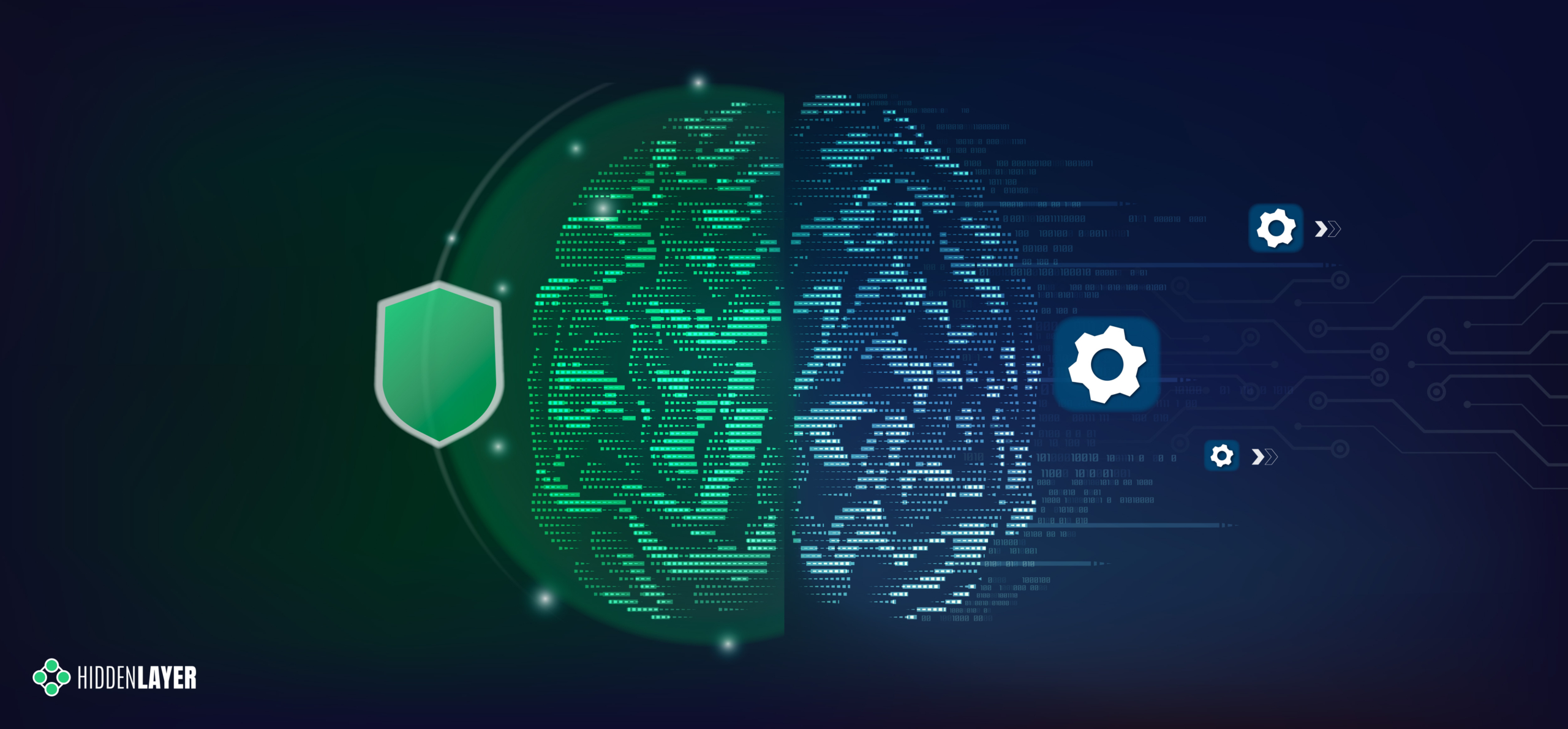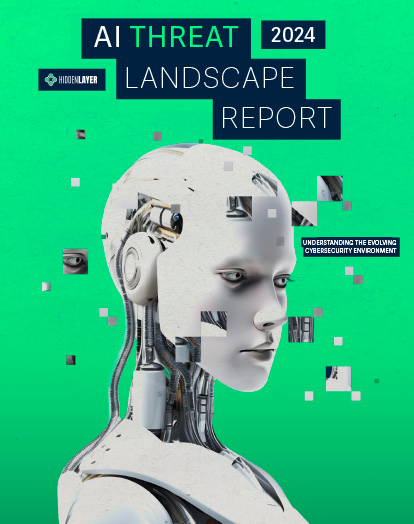Part 1: A Summary of the AI Threat Landscape Report
To help understand the evolving cybersecurity environment, we developed HiddenLayer’s 2024 AI Threat Landscape Report as a practical guide to understanding the security risks that can affect every industry and to provide actionable steps to implement security measures at your organization.
As artificial intelligence (AI) becomes a household topic, it is both a beacon of innovation and a potential threat. While AI promises to revolutionize countless aspects of our lives, its misuse and unintended consequences pose significant threats to individuals and society as a whole.
Adversarial Exploitation of AI
The versatility of AI renders it susceptible to exploitation by various adversaries, including cybercriminals, terrorists, and hostile nation-states. Generative AI, in particular, presents a myriad of vulnerabilities:
- Manipulation for Malicious Intent: Adversaries can manipulate AI models to disseminate biased, inaccurate, or harmful information, perpetuating misinformation and propaganda, thereby undermining trust in information sources and distorting public discourse.
- Creation of Deepfakes: The creation of hyper-realistic deepfake images, audio, and video poses threats to individuals’ privacy, financial security, and public trust, as malicious actors can leverage these deceptive media to manipulate perceptions and deceive unsuspecting targets.
In one of the biggest deepfake scams to date, adversaries were able to defraud a multinational corporation of $25 million. The financial worker who approved the transfer had previously attended a video conference call with what seemed to be the company’s CFO, as well as a number of other colleagues the employee recognized. These all turned out to be deepfake videos.
- Privacy Concerns: Data privacy breaches are a significant risk associated with AI-based tools, with potential legal ramifications for businesses and institutions, as unauthorized access to sensitive information can lead to financial losses, reputational damage, and regulatory penalties.
- Copyright Violations: Unauthorized use of copyrighted materials in AI training datasets can lead to plagiarism and copyright infringements, resulting in legal disputes and financial liabilities, thereby necessitating robust mechanisms for ensuring compliance with intellectual property laws.
- Accuracy and Bias Issues: AI models trained on vast datasets may perpetuate biases and inaccuracies, leading to discriminatory outcomes and misinformation dissemination, highlighting the importance of continuous monitoring and mitigation strategies to address bias and enhance the fairness and reliability of AI systems.
The societal implications of AI misuse are profound and multifaceted:
Besides biased and inaccurate information, a generative AI model can also give advice that appears technically sane but can prove harmful in certain circumstances or when the context is missing or misunderstood
- Emotional AI Concerns: AI applications designed to recognize human emotions may provide advice or responses that lack context, potentially leading to harmful consequences in professional and personal settings. This underscores the need for ethical guidelines and responsible deployment practices to mitigate risks and safeguard users’ well-being.
- Manipulative AI Chatbots: Malicious actors can exploit AI chatbots to manipulate individuals, spread misinformation, and even incite violence, posing grave threats to public safety and security, necessitating robust countermeasures and regulatory oversight to detect and mitigate malicious activities perpetrated through AI-powered platforms.
Looking Ahead
As AI continues to proliferate, addressing these risks comprehensively and proactively is imperative. Ethical considerations, legal frameworks, and technological safeguards must evolve in tandem with AI advancements to mitigate potential harms and safeguard societal well-being.
While AI holds immense promise for innovation and progress, acknowledging and mitigating its associated risks is crucial to harnessing its transformative potential responsibly. Only through collaborative efforts and a commitment to ethical AI development can we securely navigate the complex landscape of artificial intelligence.
View the full Threat Landscape Report here.




